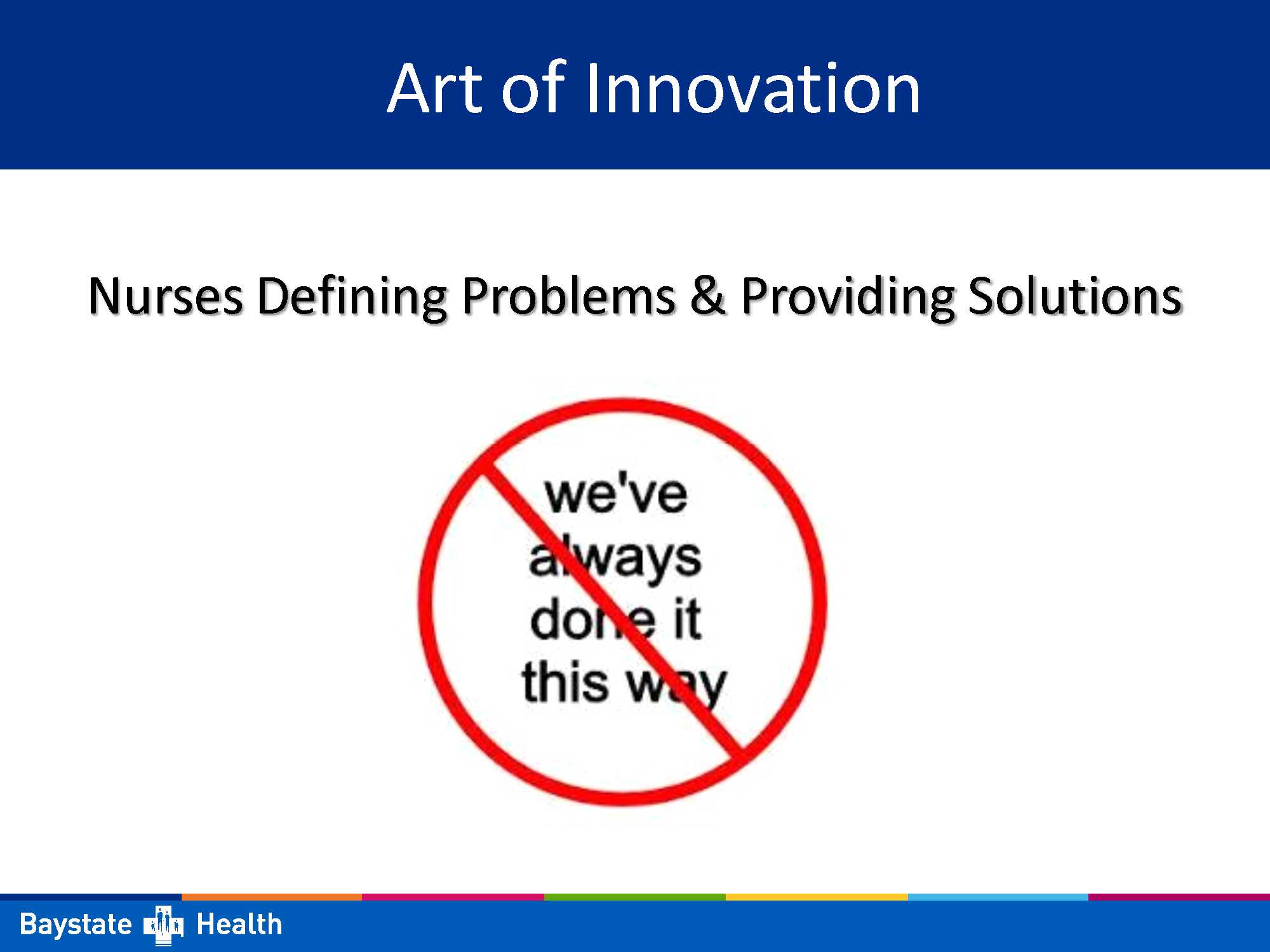Preview

Creation Date
10-2017
Description
Can there be a standardized process to reduce specimen identification errors to improve quality of care and decrease workflow delays? The leading cause of laboratory mistakes is specimen and labeling errors. Will the implementation of a barcode scanning verification process reduce labeling errors, decrease the possibility of treatment errors, and decrease possible delays in care? According to Joint Commission, the number one goal of patient safety is to identify each patient accurately. Urine samples not identified correctly can have a severe impact on the patient’s care. A review of literature found numerous studies on the improvement process of medication and blood draws by computer assisted bar-code scanning. However, there were fewer studies done on specimens alone, particularly urine specimens. The mislabeling of samples is a high-risk issue and a review of literature identifies specimen errors most often occur in the pre-analytical stage. The National Guideline Clearinghouse, based on a high overall strength of evidence of effectiveness, recommends barcoding systems for specimen labeling as best practice to reduce identification errors and improve the accuracy of the patient specimen and laboratory testing identification in hospital settings. It was determined after reviewing the literature and data, the best evidence-based practice to decrease the rate of urine identification specimen errors would be to use computer assisted barcode scanning. Information Technology Services (IT) was contacted regarding this system. While awaiting IT to implement the change, a paper verification form was created and implemented in the Emergency Department in March 2017. Initially, there was a decrease in specimen labeling errors; however, this decrease has been a challenge to sustain. A major problem identified was acculturation, as once the education was presented it was difficult to maintain staff compliance with filling out the form. Additionally, disseminating information about the use of the new Urine Verification Form to all staff was challenging. Based on the results of this paper-based trial, it is felt that implementing a computerized barcode scanning system would reduce identification errors, decrease the potential for mistreatment, misdiagnosis and the length of stay, and improve workflow processes.


